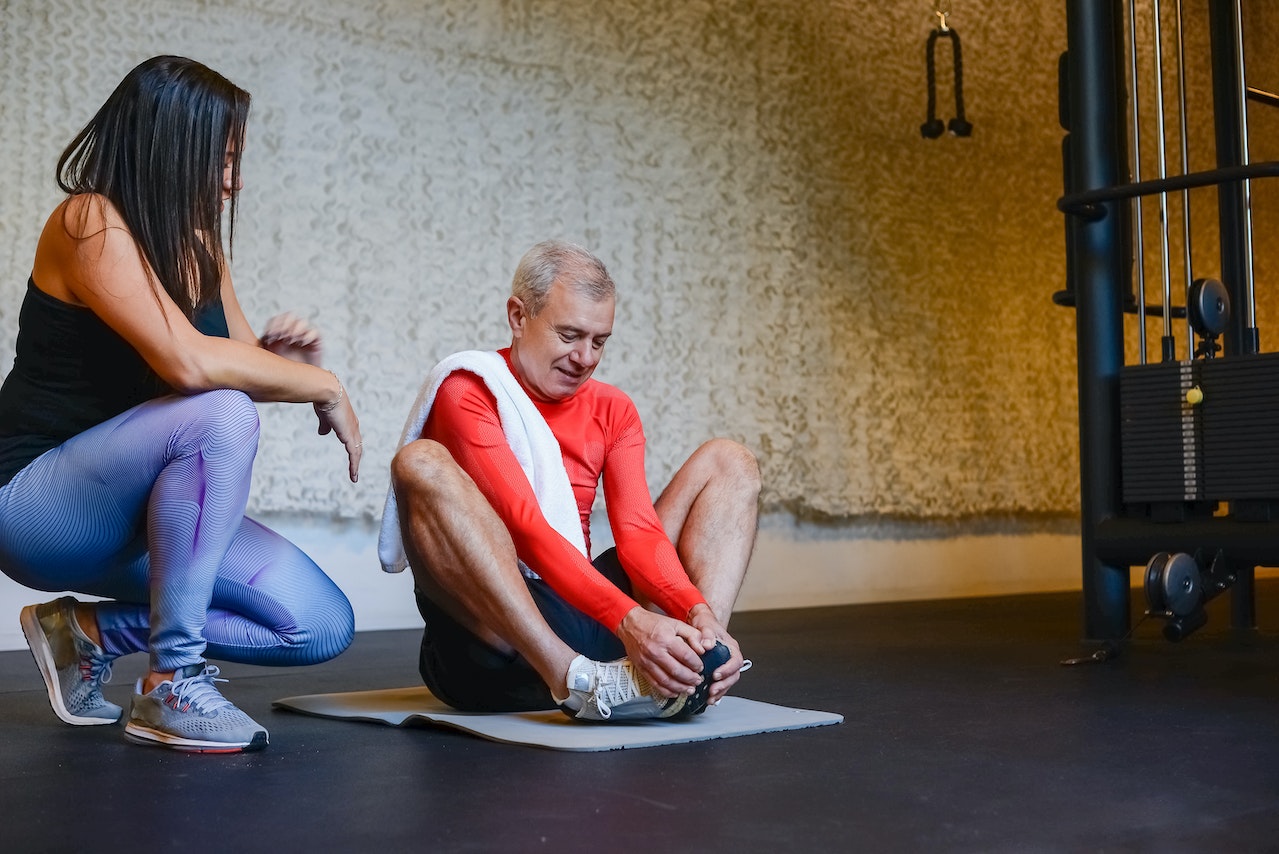
The process of recovery and returning to training may be arduous, but it’s definitely achievable!
Injury is an often unexpected setback for any athlete or fitness enthusiast. Regardless of skill level or dedication, the potential for physical ailments lurks in the background. Still, an injury isn’t thrown in our paths to end our journey. It’s a detour demanding patience, grounded understanding, and heightened commitment. The process of recovery and returning to training may be arduous, but it’s definitely achievable.
In this article, we’ll delve into the ‘how’ of successfully navigating this road to recovery.
1. Understand Your Injury
The first step towards recovery is gaining a lucid understanding of your injury. Discuss extensively with your healthcare professional about the nature of your injury. This includes understanding why it occurred—was it overuse, an accident, improper training techniques? It’s essential to grasp the implications on your muscle structure, as well as projected recovery time.
2. Follow Medical Recommendations
Adhering strictly to your doctor’s advice can’t be overemphasized. This includes taking prescribed medications diligently, observing rest periods, dietary recommendations, and potential restrictions. If physical therapy is part of your recovery plan, ensure you’re consistent and methodical with your sessions.
3. Monitor Your Healing Progress
Keeping track of your healing process can be both reassuring and informative. Regular medical check-ups should be scheduled to evaluate progress. This helps adjust your recovery strategies accordingly, ensuring things are on the right path.
4. Mind Your Nutrition
Nutrition plays a significant role in our overall health and particularly in injury recovery. Foods rich in proteins can help repair damaged tissues, while Vitamin C, E, zinc and omega-3s help to reduce inflammation. Staying hydrated and maintaining a balanced diet aids rehabilitation.
5. Maintain a Positive Mindset
The mental aspect of recovery is equally important as the physical aspect. Stay positive and keep a healthy mental space. Serious injuries might leave you feeling down, but embracing a positive outlook will motivate you throughout rehabilitation. Consider mindfulness exercises and meditation to lower stress and foster positivity.
6. Slow and Steady Wins the Race
Once your doctor gives a green signal, reintroduce training back into your routine. But remember, slow and steady wins the race. Start small and gradually increase your training regimen’s intensity. It would help to modify exercises to accommodate your healing injury.
7. Hear Your Body
As you slowly ease back into training, pay attention to your body and observe how it reacts. Experiencing pain during or after activities can be an indicator that you’re pushing too hard. Remember, it’s not a sign of weakness to take a break, rather, it’s a step towards a stronger comeback.
8. Build Strength Methodically
Focus on strengthening exercises that will help support the affected area without causing strain. For example, if you suffered a leg injury, specific lower body exercises might be helpful. Do not neglect the rest of the body, though. A balanced approach to total body fitness is the best recourse.
9. Stretching is Key
Post-injury, muscles may become stiff and inflexible. Constructive stretching can restore muscle flexibility and decrease the chance of future injuries. Always take time to warm-up before exercising and cool down afterwards, including plenty of stretching exercises.
10. Exercise Patience
Rushing back to where you previously were with your fitness may be tempting, but patience is crucial. Everybody heals at a different rate, so your recovery path is unique to you. Embrace the journey, no matter how long it takes.
Undeniably, injuries can be an inconvenience, potentially derailing our best-laid fitness plans. However, the focus should always be on total recovery, as skipping steps or rushing the process can lead to even further complications. Remember to regularly consult your healthcare professional, stick to your recovery plan, and practice patience. Injuries may slow us down, but they don’t have to stop us.



